Tinto do sul de Portugal
Fatos interessantes
Over half of the world's supply of cork is grown in Portugal.
With its bulk wine production, the region of Estremadura produces more wine than any other region in Portugal.
The region of Estremadura is known locally as Oeste, which means West.
The soil in much of Southern Portugal is alluvial, which is very fertile and perfect for getting lots of fruit.
Traditional wine in the Alentejo region is aged in clay pots.
A large portion of the wine in Southern Portugal is made in cooperatives that make wine for many producers at the same time.
Qual é o gosto desse estilo?
Com base em 415.044 avaliações de 4.912 vinhos
Leve
Intenso
Macio
Ácido
Suave
Tânico
Seco
Doce

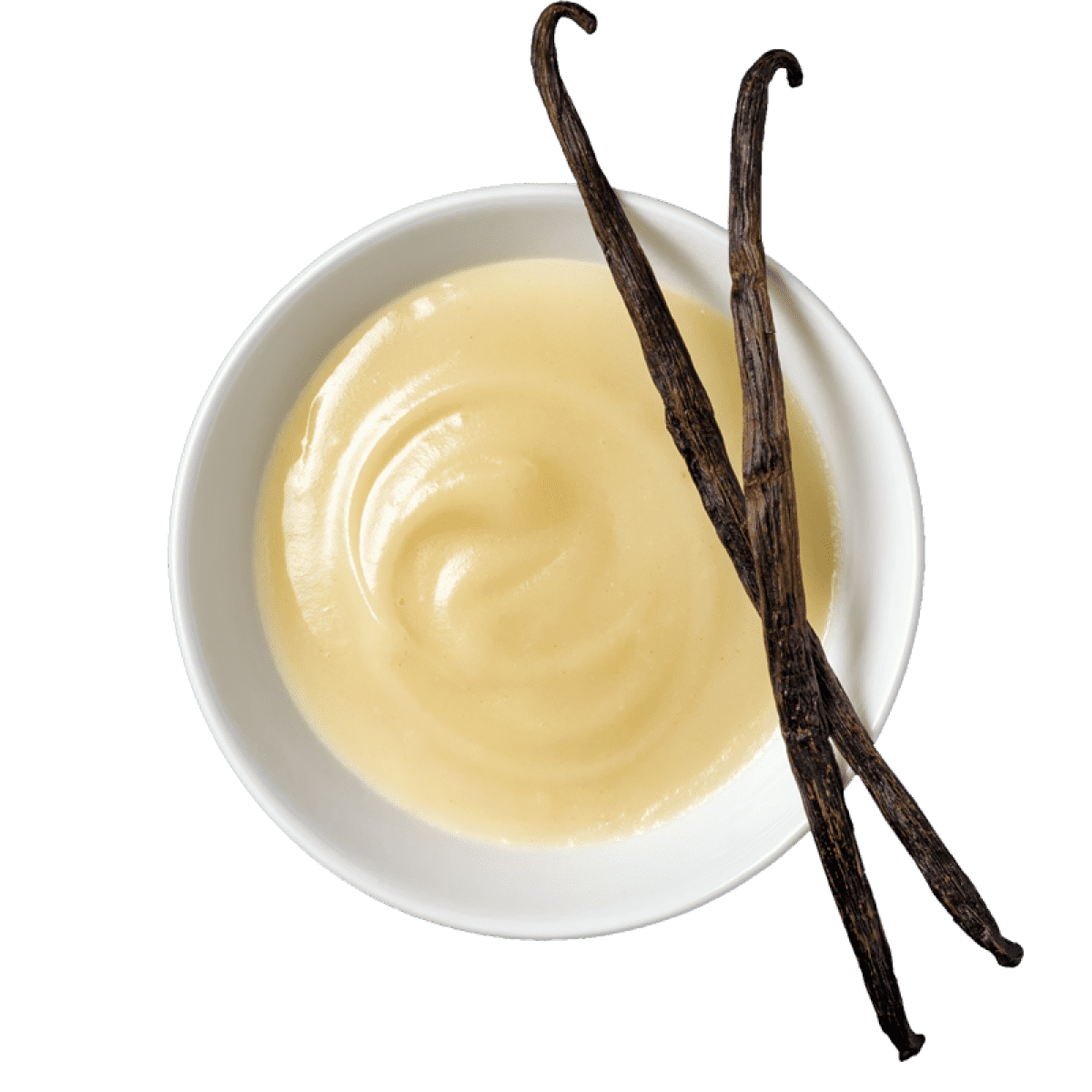

- carvalho
- baunilha
- chocolate
- tabaco
- chocolate amargo
- café
- cedro
- cravo
- caramelo
- manteiga
- especiarias
- moca
0 menções de notas amadeirado
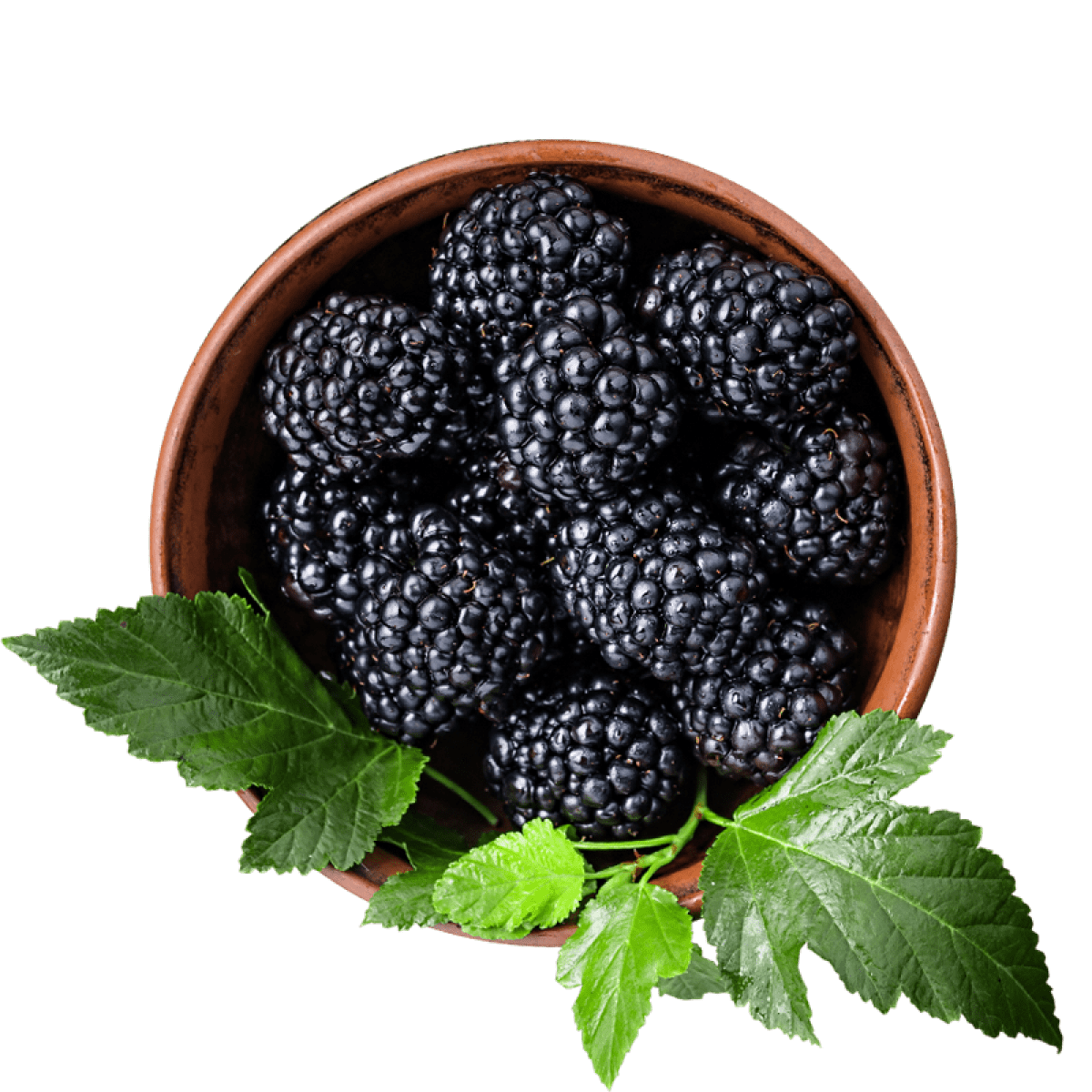
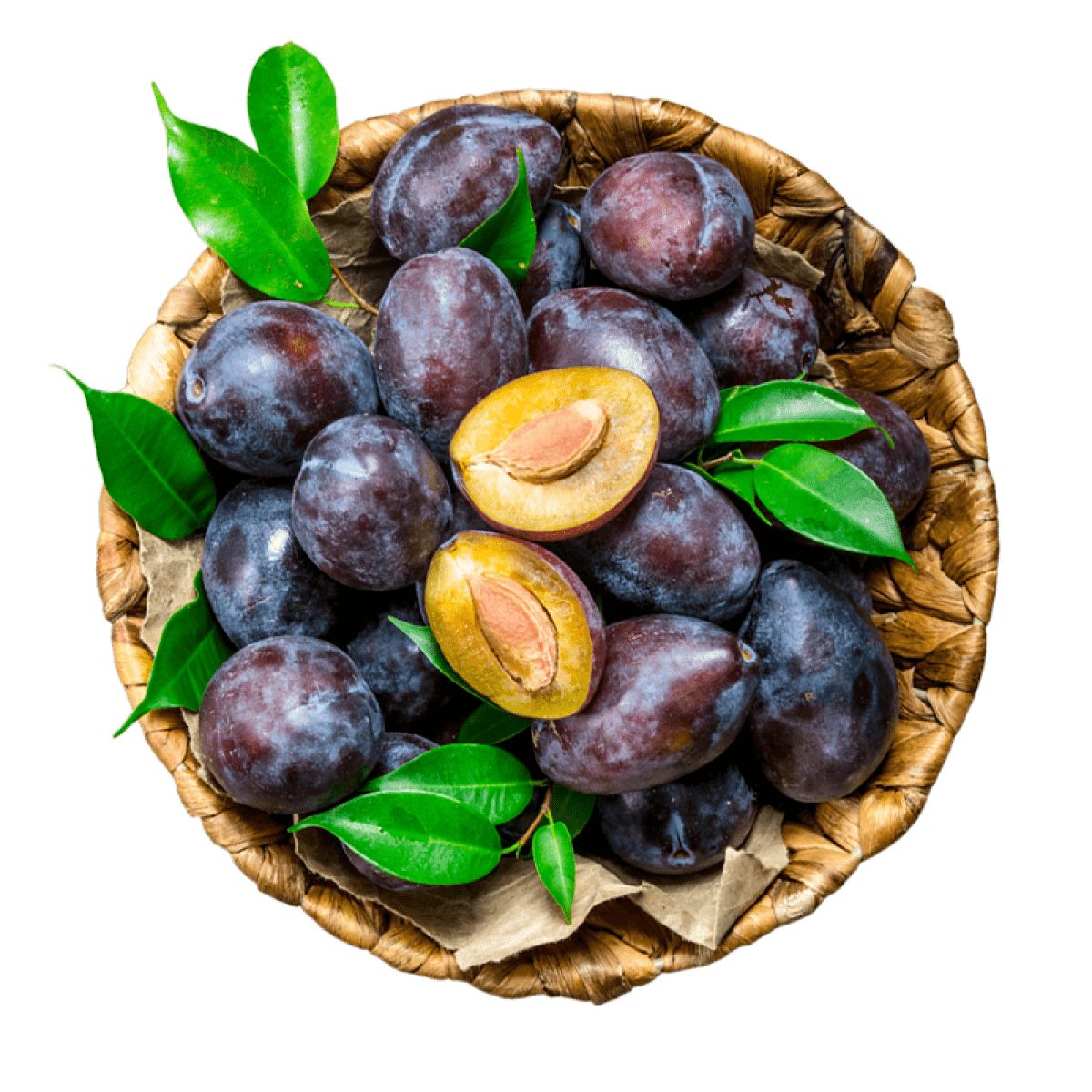
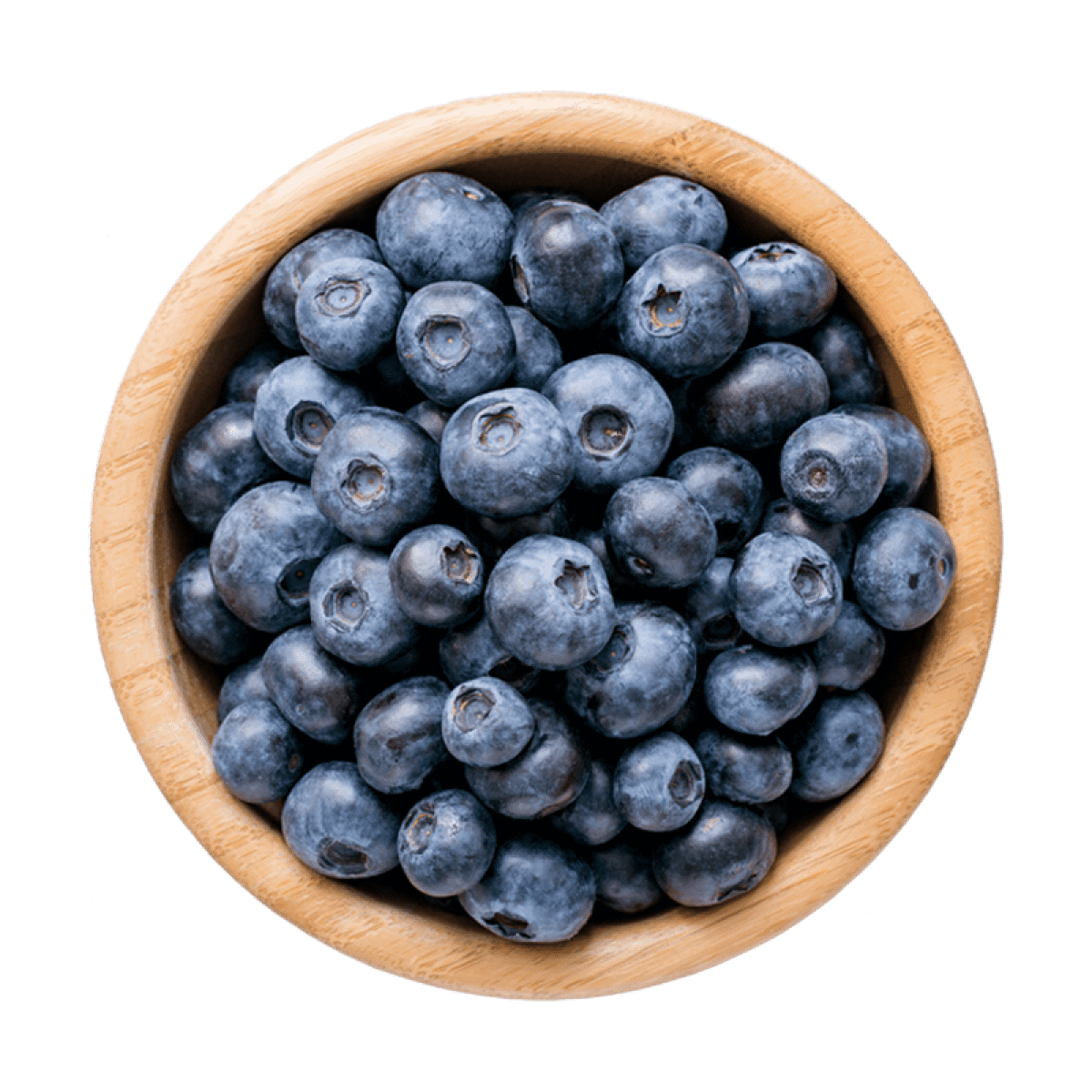
- amora
- ameixa
- fruta preta
- frutas escuras
- groselha
- mirtilo
- cereja preta
- geleia
- cassis
- espinheiro
- ameixa preta
- amoreira
0 menções de notas fruta preta
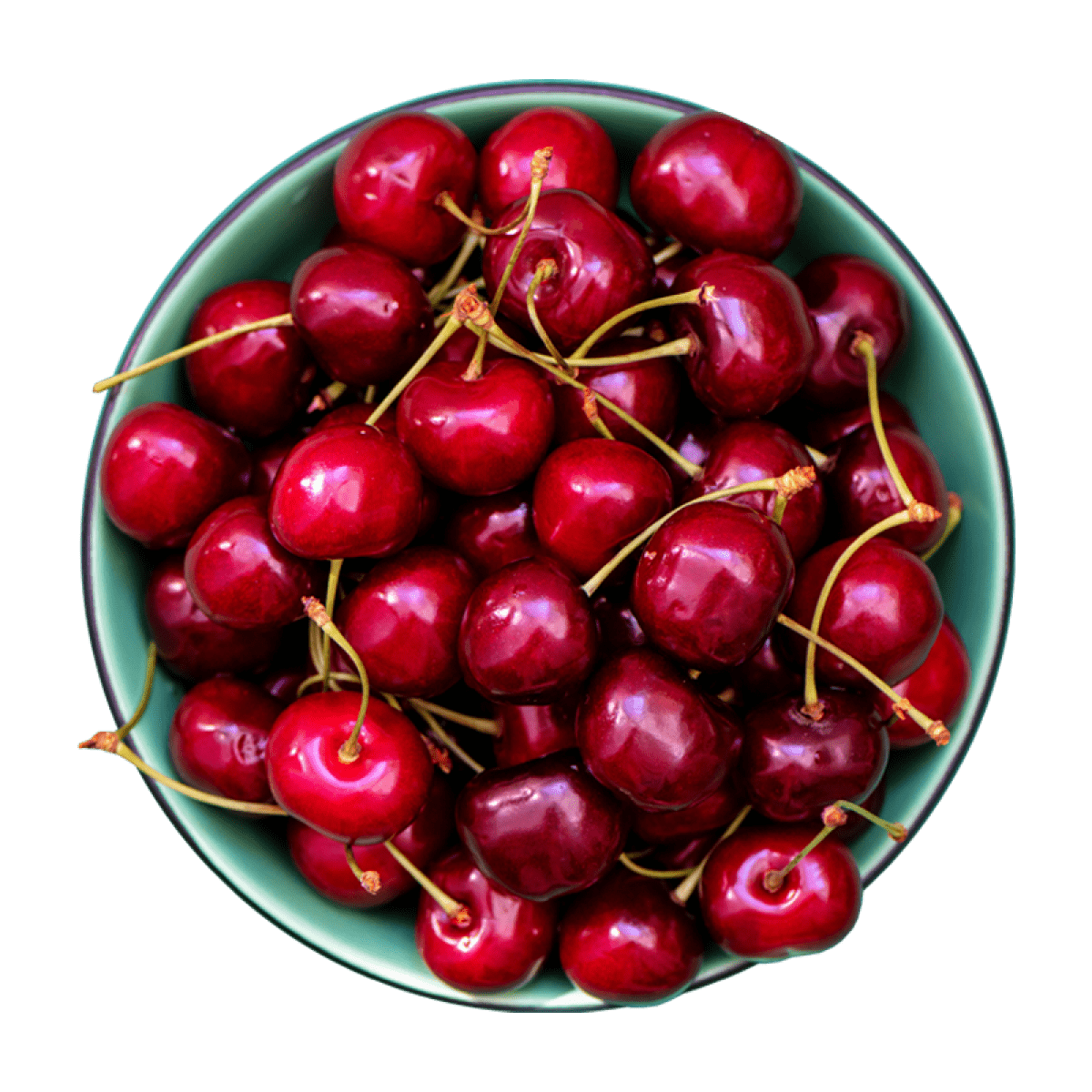


- cereja
- fruta vermelha
- framboesa
- morango
- cranberry
- cereja vermelha
- groselha vermelha
- cereja azeda
- romã
- ameixa vermelha
- morango maduro
- cereja bing
0 menções de notas fruta vermelha
Conheça o estilo
Just like in the north, the red wines of Southern Portugal are experiencing a Renaissance right now. These wines are typically fruity and easy to enjoy.
The regions of Alentejo and Ribatejo are leading the charge making delicious wine that anyone can enjoy.
While Northern Portugal is making amazing wines in small quantities, Southern Portugal is producing delicious, easy-drinking red wines in large quantities.
The region of Alentejo is on the forefront of this movement. The sprawling farms have allowed them to make soft, delicious wines from local grape varieties.
The region of Ribatejo is also making approachable, fun wines, but they use French grapes much more than Alentejo. Cabernet Sauvignon, Syrah, and Merlot are often found along with local grapes. White grapes are still more common in the area, but there is so much potential in the red wines.